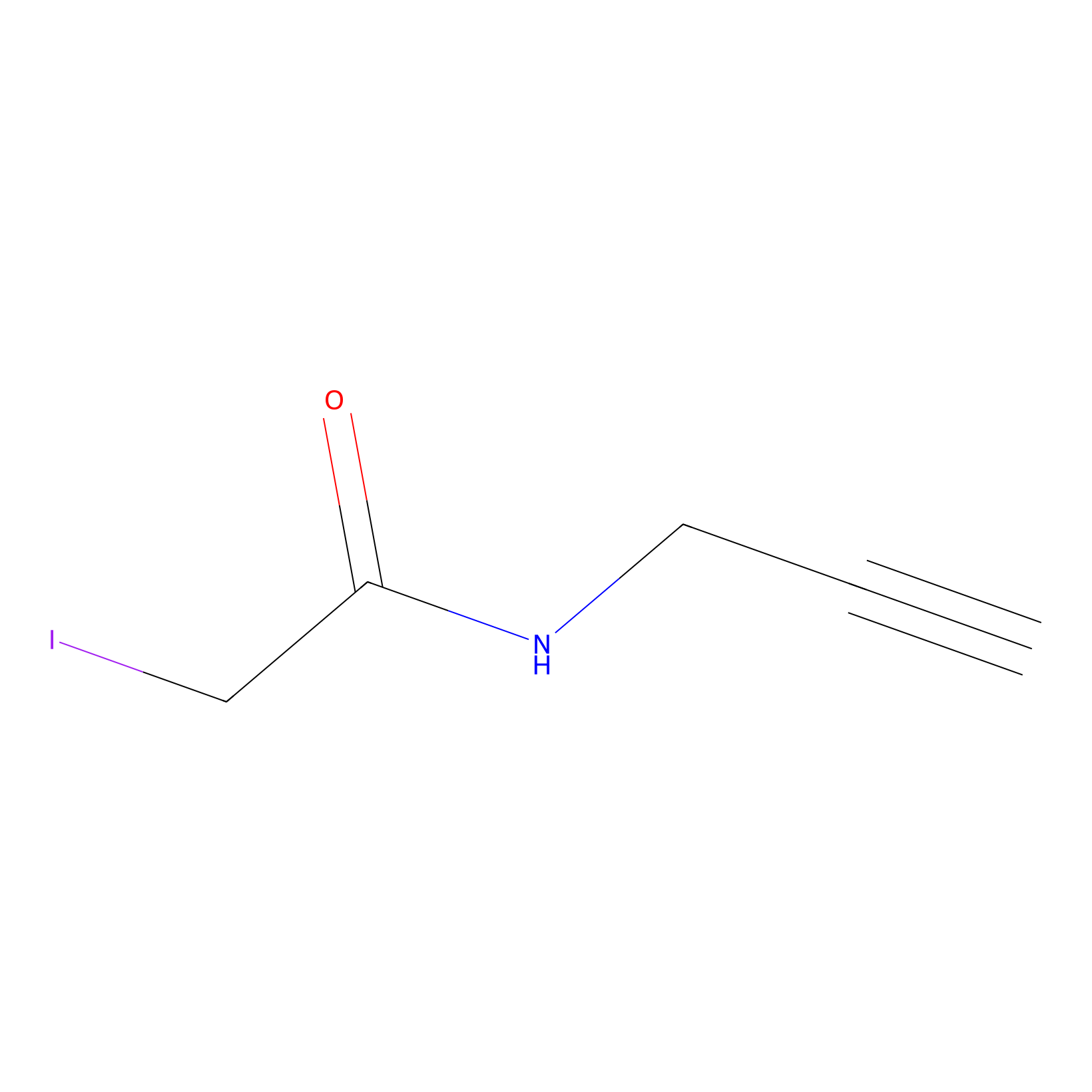Details of the Target
General Information of Target
Target Site Mutations in Different Cell Lines
Probe(s) Labeling This Target
ABPP Probe
| Probe name | Structure | Binding Site(Ratio) | Interaction ID | Ref | |
|---|---|---|---|---|---|
|
DBIA Probe Info |
 |
C114(1.14) | LDD3339 | [1] | |
|
IPM Probe Info |
 |
N.A. | LDD0025 | [2] | |
Competitor(s) Related to This Target
The Interaction Atlas With This Target
References
